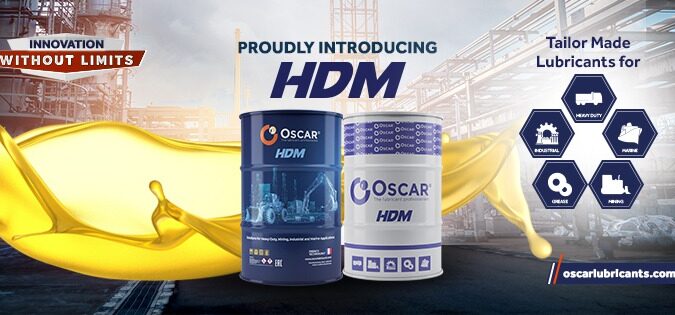
Polyalkylene Glycol (PAG) lubricants are widely used in various industries due to their advanced performance characteristics. These synthetic lubricants offer excellent thermal stability, wear protection, and resistance to oxidation. Their unique chemical structure makes them suitable for applications where conventional mineral oils may not perform well.
Knowing the key properties of PAG lubricants can help in selecting the right option for industrial and automotive use. These are:
Ability to withstand high temperatures:
One of the standout features of PAG lubricants is their ability to withstand high temperatures without breaking down. In industries where machinery operates under extreme heat, traditional lubricants may degrade, leading to poor performance and increased wear. PAG lubricants maintain their viscosity and lubrication properties even at higher temperatures, reducing the risk of overheating and system failure.
Low friction and wear protection:
PAG lubricants create a strong protective film on metal surfaces, reducing friction between moving parts. This minimizes wear and tear, improving the overall efficiency and durability of industrial equipment. The reduced friction also leads to lower energy consumption, making PAG lubricants a cost-effective choice in the long run.
High lubricity and load-carrying capacity:
Machinery used in heavy-duty applications, such as compressors, hydraulic systems, and gearboxes, involves lubricants with excellent load-carrying capabilities. PAG lubricants provide superior lubricity, ensuring smooth operation even under high-pressure conditions. This makes them ideal for industries such as manufacturing, automotive, and energy production.
Water solubility and compatibility:
As compare to many other lubricants, certain types of PAG oils are water-soluble. This property is useful in applications where easy cleanup and reduced environmental impact are priorities. Additionally, PAG lubricants are compatible with a wide range of materials, including metals and plastics, making them suitable for various industrial uses. However, they may not always be compatible with certain mineral or PAO-based lubricants, so careful selection is necessary.
Environmentally friendly characteristics:
PAG lubricants are often biodegradable and have lower toxicity levels compared to conventional oils. Industries focusing on sustainability can benefit from using these lubricants, as they reduce environmental impact while maintaining high performance. Their clean operation also helps in reducing waste and emissions.
PAG lubricants offer a combination of high thermal stability, oxidation resistance, low friction, and excellent wear protection. Their unique properties make them suitable for demanding industrial applications where reliability and efficiency are essential. By choosing PAG lubricants, industries can improve equipment performance while promoting long-term sustainability.


